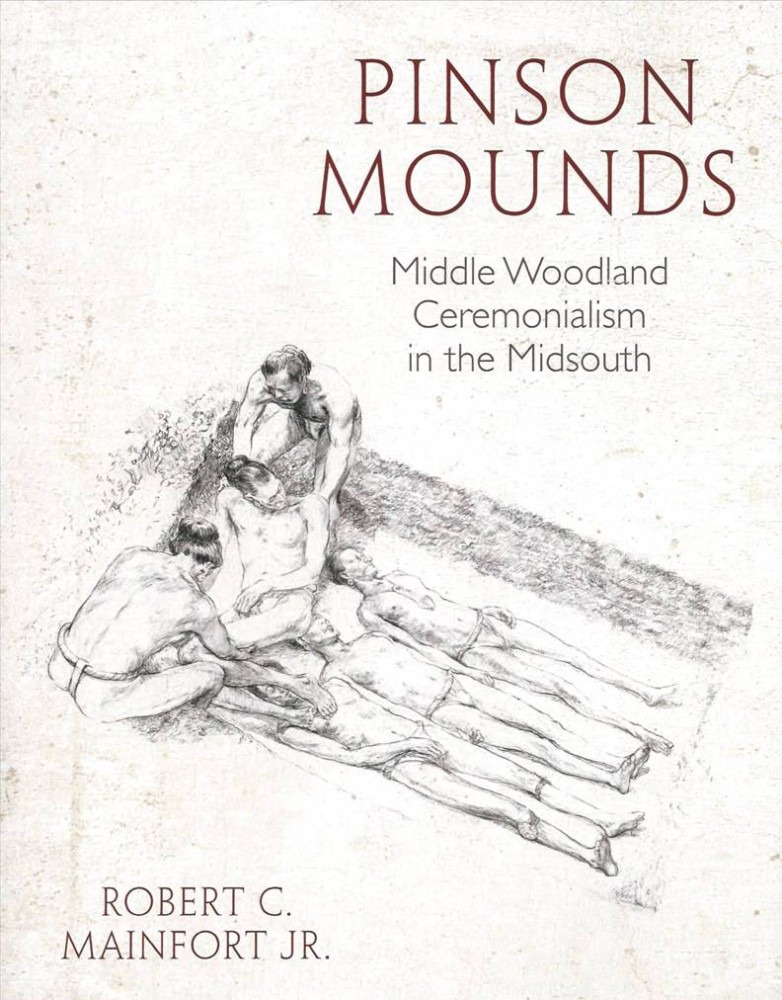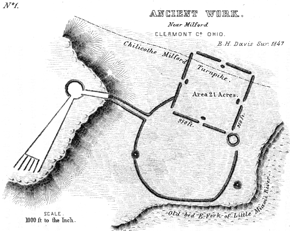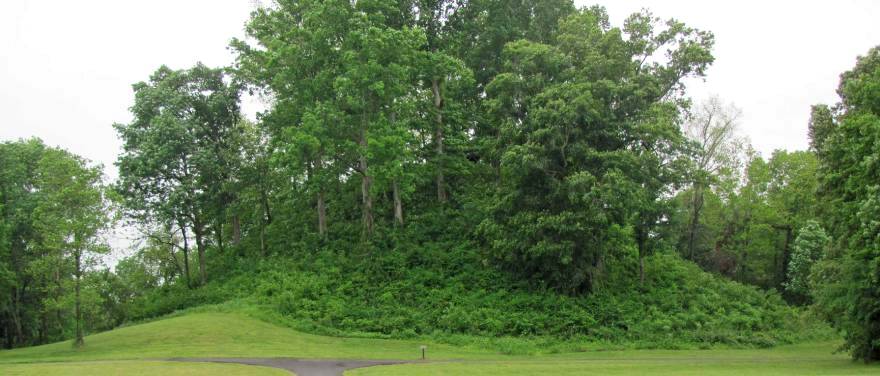 Robert C. Mainfort, Jr., an archaeologist with the Arkansas Archeological Survey, has produced the definitive report on the archaeology of Pinson Mounds. Published by the University of Arkansas Press, Pinson Mounds: Middle Woodland ceremonialism in the Midsouth is a hugely important contribution to our understanding of the Hopewell culture.
Robert C. Mainfort, Jr., an archaeologist with the Arkansas Archeological Survey, has produced the definitive report on the archaeology of Pinson Mounds. Published by the University of Arkansas Press, Pinson Mounds: Middle Woodland ceremonialism in the Midsouth is a hugely important contribution to our understanding of the Hopewell culture.
Pinson Mounds is located in western Tennessee and it was the largest Middle Woodland mound complex in the Southeast. Covering an area of about 400 acres, the site included a large, semi-circular enclosure, at least 13 mounds, including five rectangular platform mounds, and several associated ritual activity areas. The period of construction and use of the site encompassed the period between about 100 B.C. and A.D. 400. After that, it appears to have been completely abandoned for the next 500 years. Drawing upon various lines of evidence, Mainfort interprets Pinson Mounds as a pilgrimage center. The large mounds at the site, particularly Sauls Mound the tallest earthen mound constructed by Middle Woodland people, were objects of architectural wonder that embodied and manifested great power. Pilgrims came to these sites to experience the wonder and, more importantly, gain access to the power. Mainfort identifies several important Ohio connections, which demonstrate that Ohio pilgrims came to Pinson, or Tennessee pilgrims journeyed to Ohio’s architectural wonders. Doubtless it was a two-way Hopewell Road. The most obvious Ohio connections at Pinson are a number of Hopewell bladelets made from Flint Ridge flint. Out of the 128 total bladelets recovered from the site, 33 are made from Ohio’s official gemstone and another 20 are probably or possibly made from it as well. I have compared Flint Ridge flint bladelets found at far flung Hopewell sites to portable pilgrims tokens carried home to demonstrate that the pilgrim had, indeed, successfully completed the great hadj.

The Milford Earthworks as surveyed by Ephraim Squier and Edwin Davis (1848).
Another remarkable Ohio connection is the architectural similarities between Pinsons Eastern Citadel, the large, semi-circular enclosure, and the semi-circular part of Ohio’s Milford earthworks. Although the Milford enclosure is larger, in plan the two sites are nearly identical. Mainfort suggests that the recreation of the Ohio enclosure at Pinson Mounds may represent an attempt to combine the charisma and power embodied by both ritual centers. Although separated by more than 400 miles, Pinson Mounds and the Ohio Hopewell earthworks are expressions of the same worldview. To understand one of them, we will need to understand both. Mainforts splendid synthesis of the archaeology of Pinson Mounds will be essential reading for anyone interested in comprehending the Hopewellian achievement.

Sauls Mound at Pinson Mounds, Tennessee — “the tallest earthen mound constructed by Middle Woodland people.”
Brad Lepper